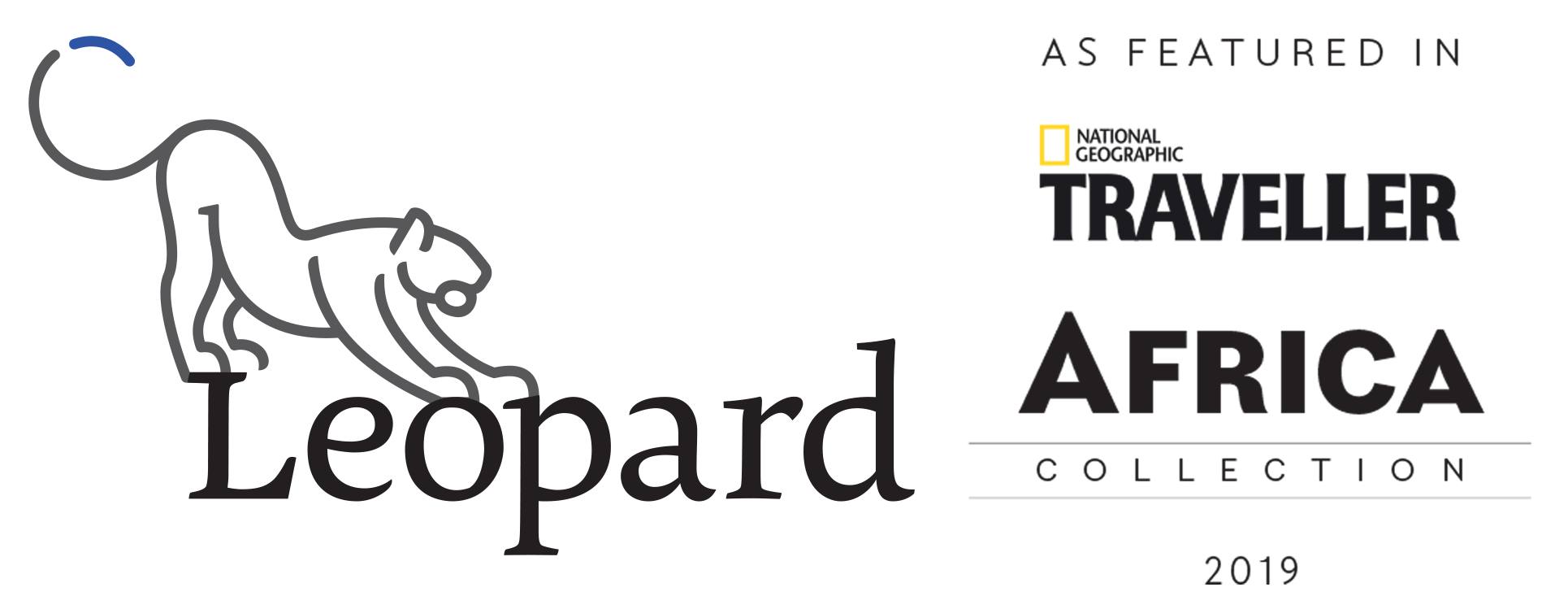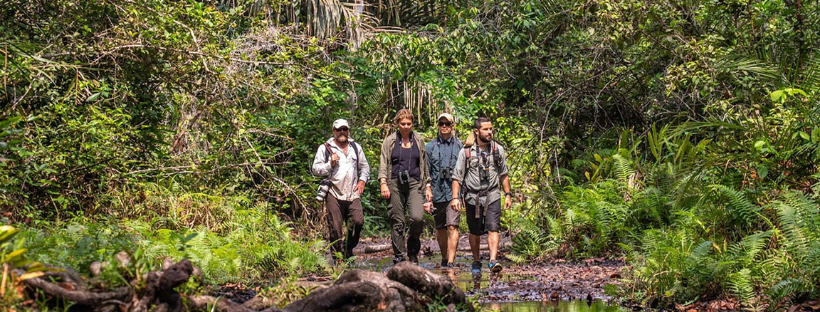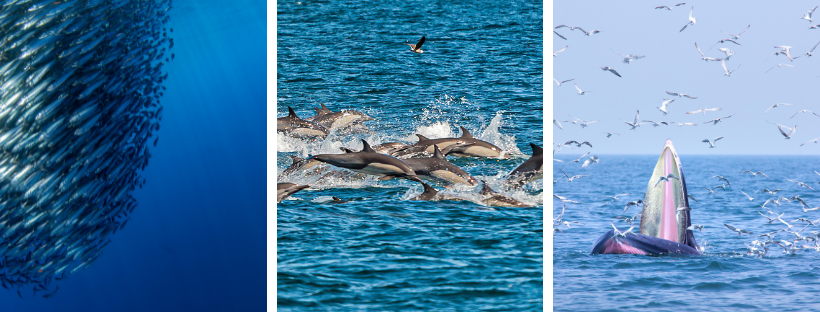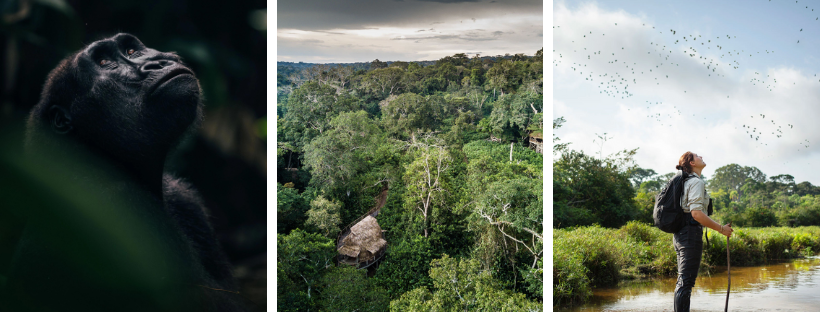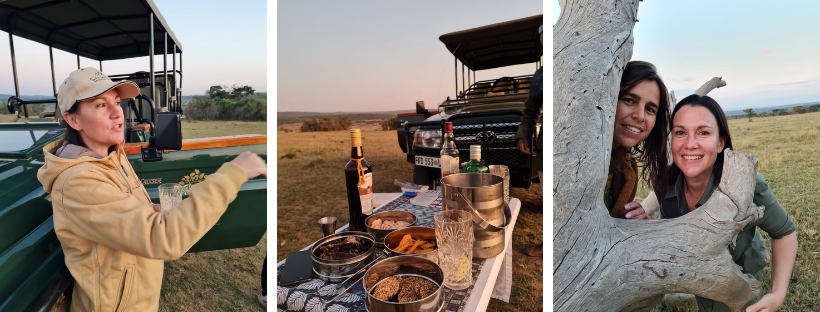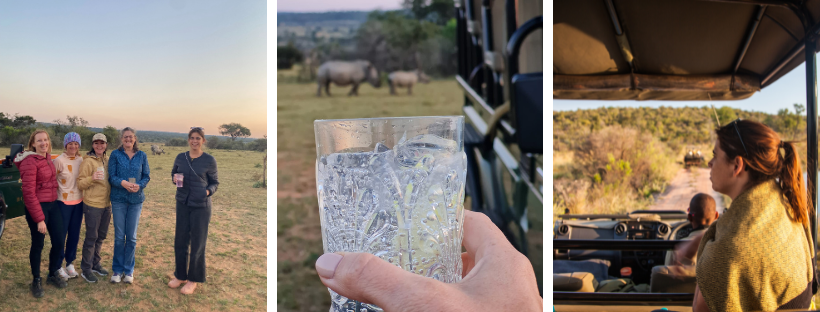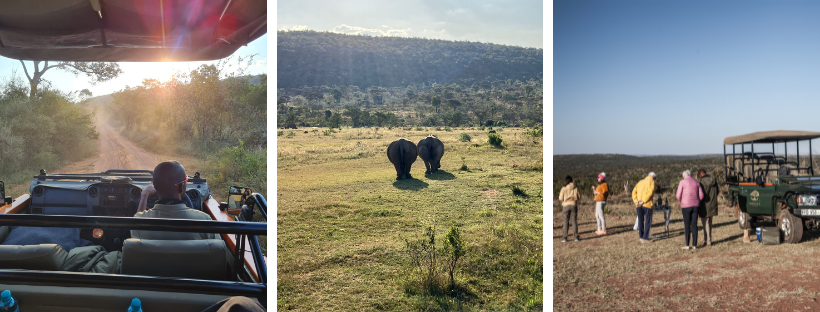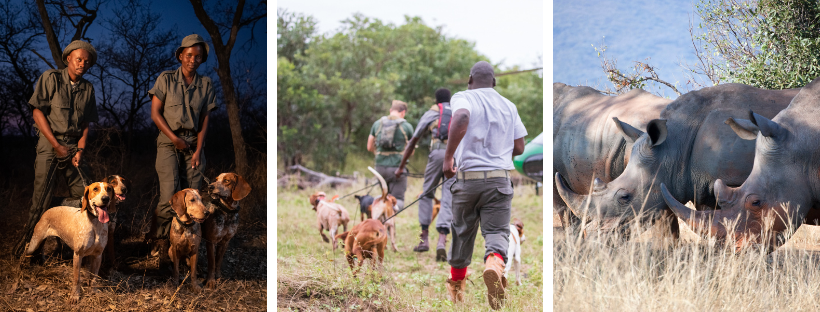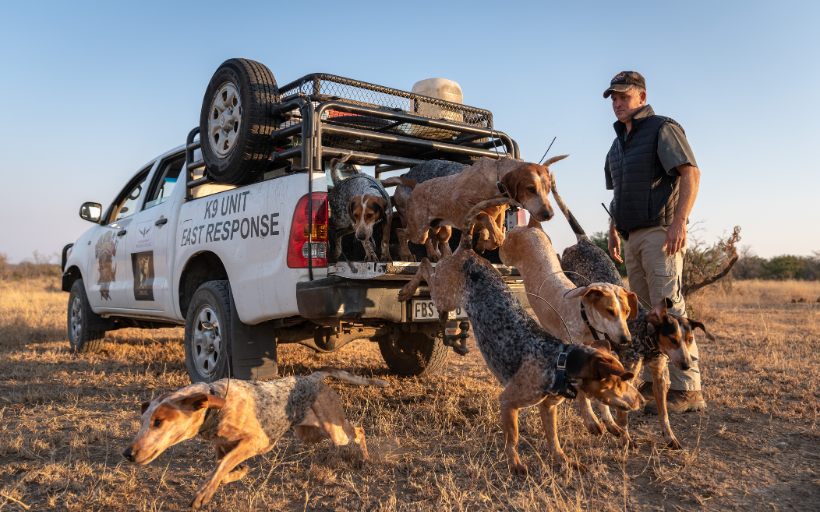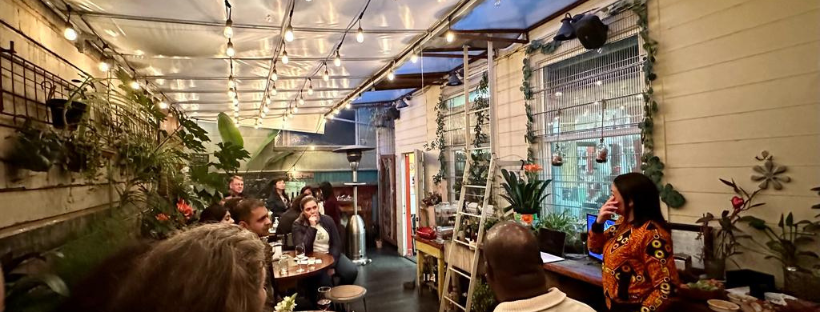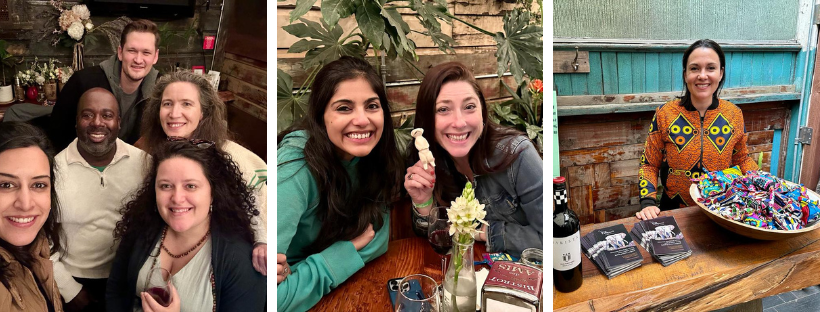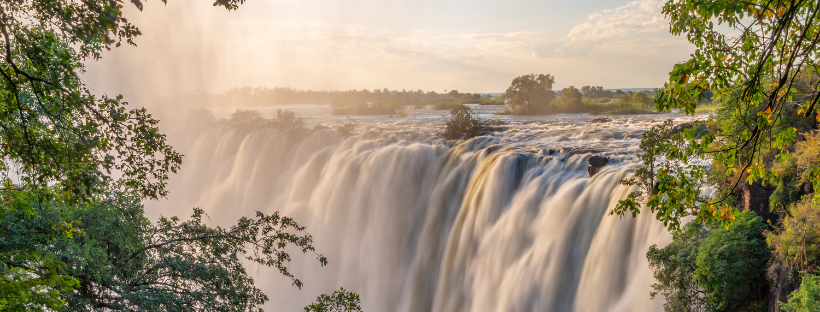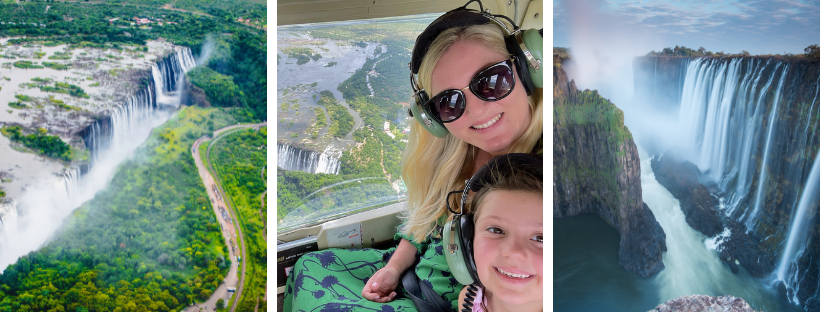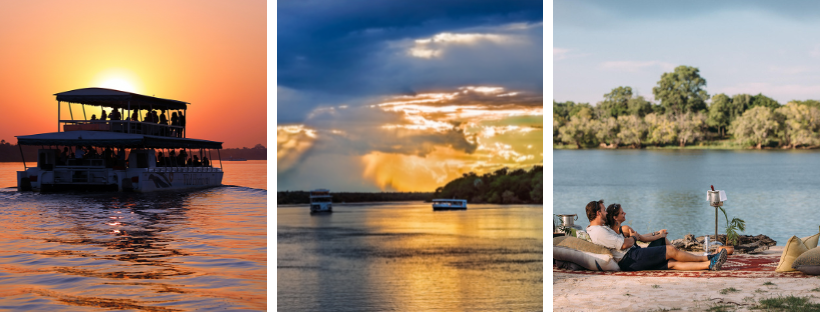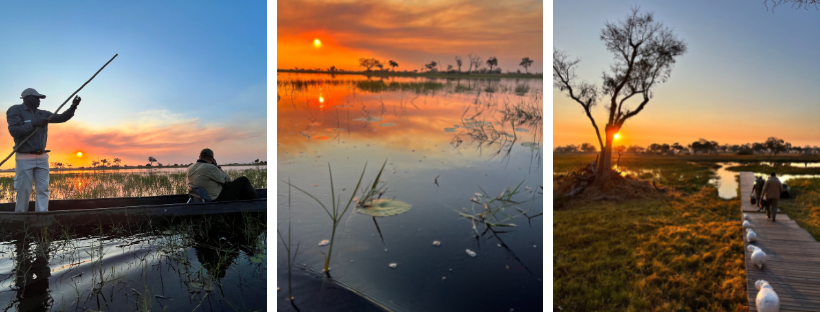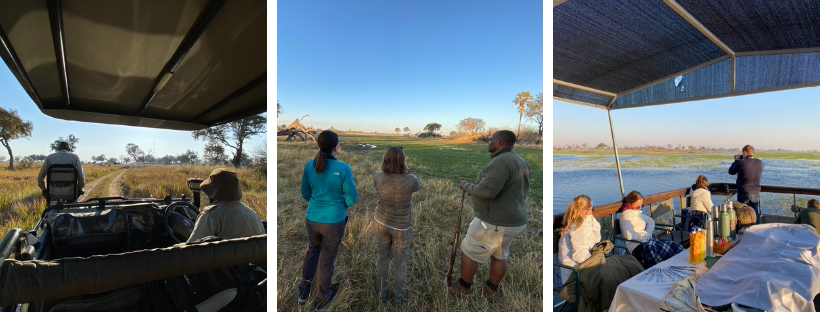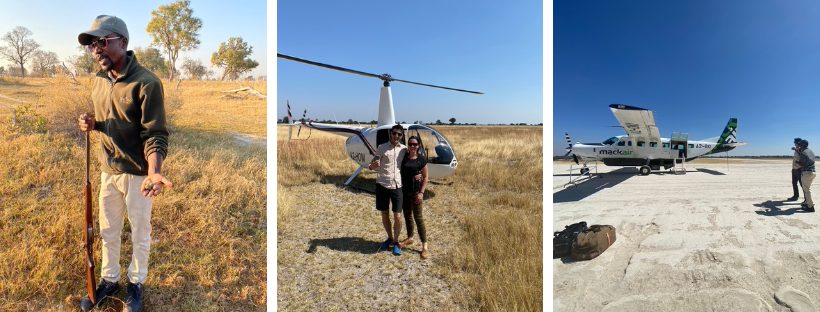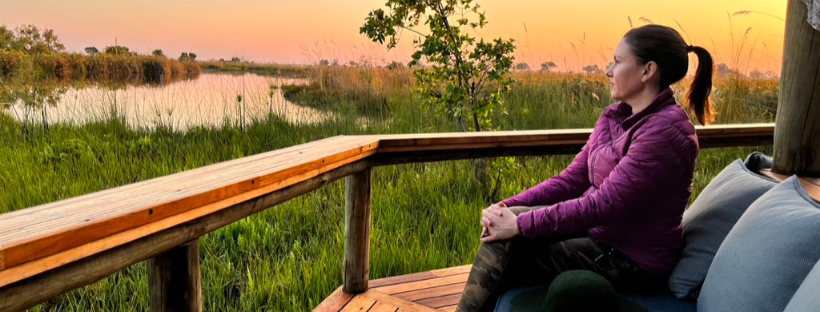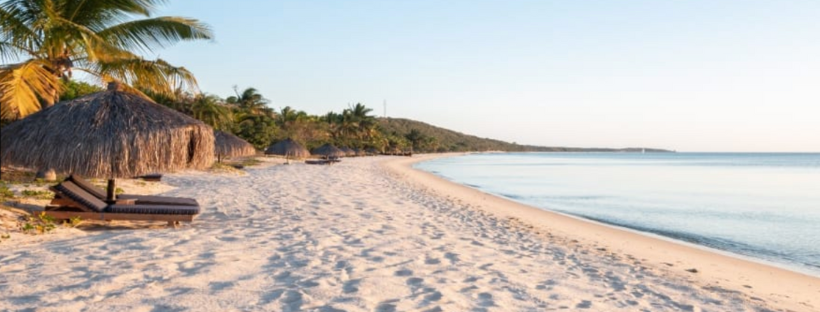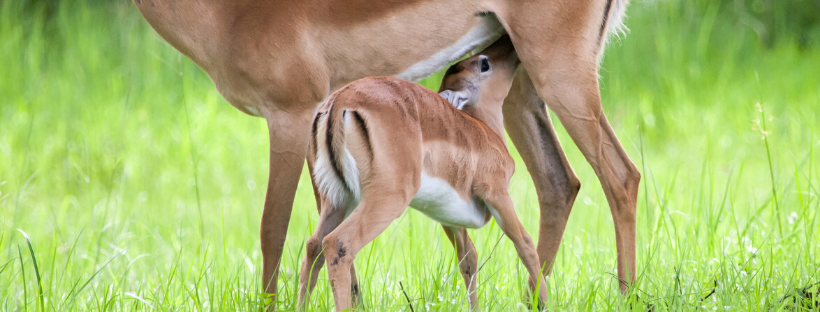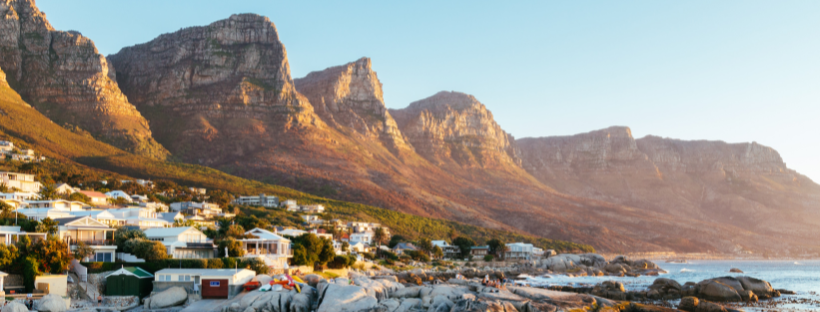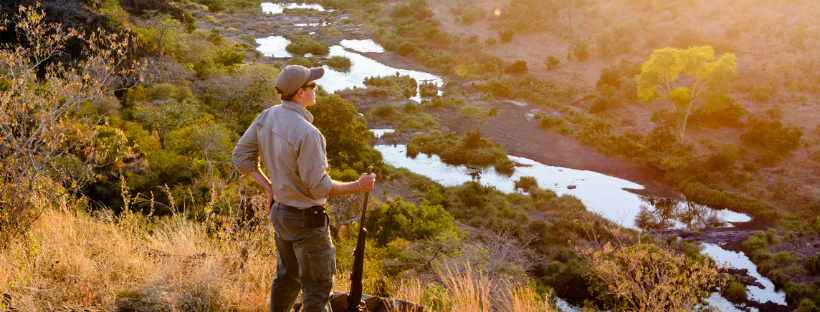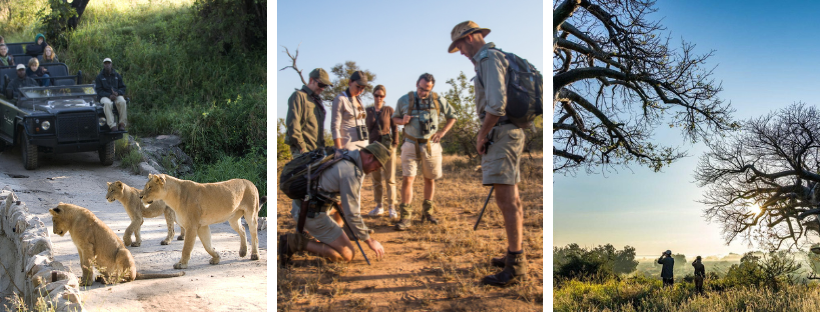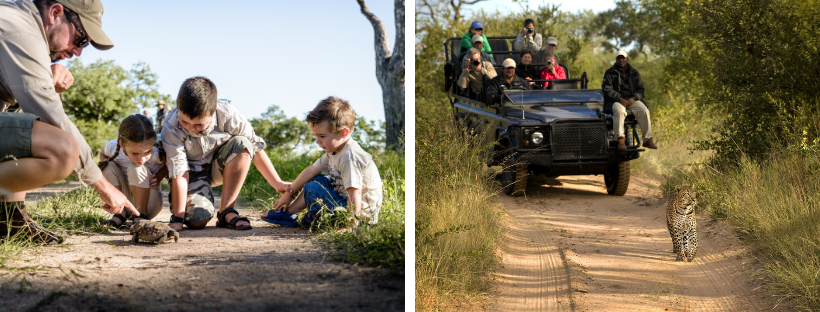The best things to do on a Cape Town Peninsula Tour
There is so much to do in Cape Town that a comprehensive list of all that Cape Town offers could fill a book. We recommend spending at least three- to five-nights in and around the city to allow you to enjoy the highlights of what Travel + Leisure readers voted as ‘the best city to travel to in Africa’. Below is a taste of what a day trip around the gorgeous Cape Peninsula could look like, either as a guided or self-guided tour. As always, the Leopard planning team will customise your itinerary to suit your needs.
Atlantic Seaboard and Chapman’s Peak
An early start is recommended, depending on how much you would like to see. Start with a drive along the beautiful Atlantic Seaboard in the direction of Hout Bay. You might like to stop at the strikingly beautiful Llandudno beach before arriving at your destination. Once in Hout Bay, stop for coffee or an ice-cream, or take one of the popular boat trips to seal island.
Next up is Chapman’s Peak Drive. The views from this coastal drive are sensational, so take your time to enjoy the dramatic coastline with a pass that cuts its way between the mountain and the sea. You might like to stop in Noordhoek for some horseriding on the beach, but you’ll need to book this in advance. Continue on through the coastal villages of Kommetjie and Scarborough before arriving at Cape Point.

False Bay and Constantia
Cape Point, also known as Cape of Good Hope, is known for its stunning natural beauty, gorgeous beaches (Platboom and Diaz beach to name a couple) and hiking trails along the coast, through the endemic fynbos. After visiting Cape Point, continue with your tour of the peninsula, which would not be complete without a stop at Boulder’s Beach to see the colony of nesting African penguins. These cute little guys are very entertaining with their drunk-looking waddles and they love posing for pictures! It’s important not to touch or disturb the penguins. The African penguin is the only penguin species found along the African coast, from Hollams Bird Island, near the central Namibian coast, to Algoa Bay along South Africa’s Eastern Cape coastline. Don’t leave without learning more about these penguins and why they are at risk of extinction.
Take a slow meander back to Cape Town through the quaint seaside villages of Kalk Bay, St James and Muizenberg. For something more active, kayak out to see the penguins from Simon’s Town harbour. It’s also worth stopping at Kalk Bay and wandering along the main street to shop or visit the quirky Cape to Cuba restaurant and beach bar. Dig your toes into the sand with a cocktail in hand or enjoy Cuban cuisine in the restaurant with its eclectic decor. The tidal pool and colourful beach huts at St James are not to be missed, or, learn to surf in Muizenberg.
A visit to the oldest wine farm in South Africa, Groot Constantia and the world-renowned Kirstenbosch Gardens are a highlight for most people visiting Cape Town. You won’t be able to do everything mentioned here in one day (even on a whistlestop tour)! We suggest that you select your favourites, or spread out activities over two or three days.
Reply to this email and we’ll help you tailor your dream holiday to Cape Town.
Happy travelling,
Diana
P.S. Let us know your favourite things to do in Cape Town, we love hearing from our readers and augmenting our extensive list of attractions to visit in Cape Town!
Sign up for more newsletters like this here: https://mailchi.mp/2e4afa50d15f/leopard

